A range of teacher professional learning programs will be developed to accompany the Biodiversity of the Western Volcanic Plains online outreach...
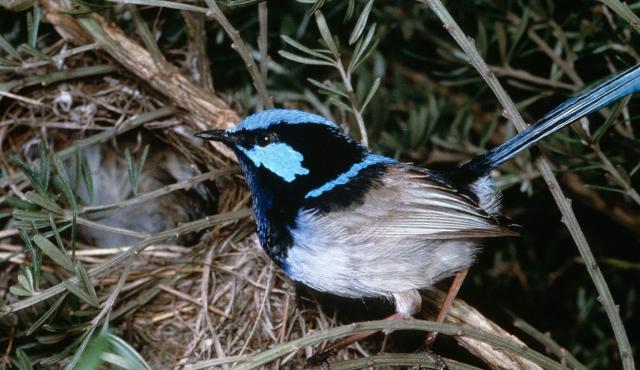
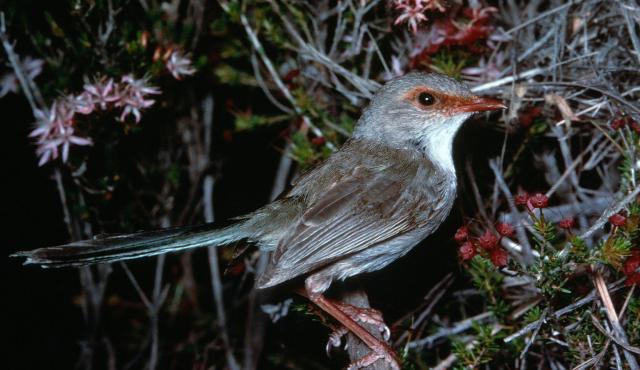
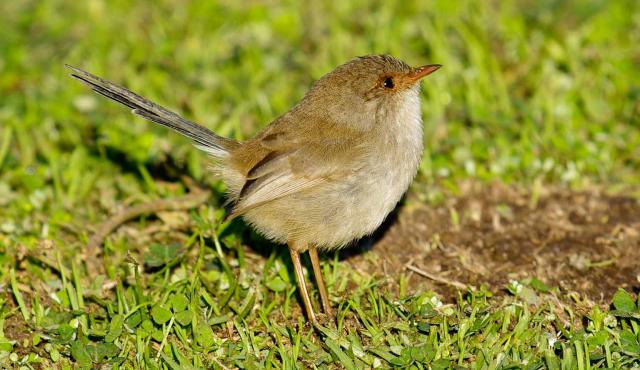
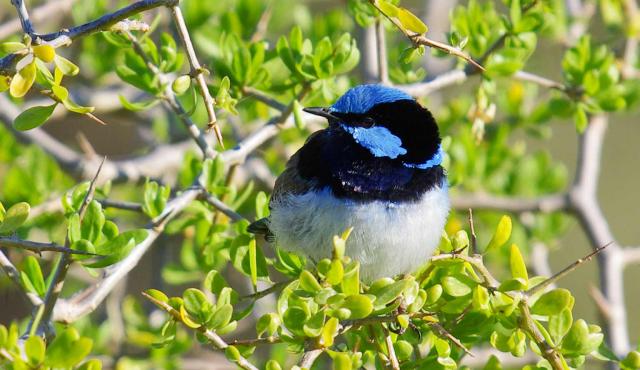

Superb Fairy-wren
Malurus cyaneus
Breeding season is from September through to December. The female constructs a dome-shaped sphere out of grasses lined with feathers. Clutch size is 3-4 although these eggs are not always fathered by the same male. The female incubates the eggs for 13-15 days. The family group will help with the feeding of the young.
| Details | Description |
| Type | Bird |
| Group | Fairy-wren |
| Other Common Names | Blue Wren, Superb Blue Fairy-wren, Superb Blue Wren |
| Identifying Characteristics | |
| Distinctive Markings | Males have a blue-black plumage with a blue tail. Females have a brown tail and orange-red area around the eye. |
| Diet | Carnivore. Insects and other small arthropods. Feeding occurs in small social groups. |
| Habitat | Habitat consists of suitable dense cover of grass, bracken and low shrubs. Also found in urban parks and gardens. |
| Native Status | Native to Australia |
| Sounds | A shrill trill. Foraging parties communicate with a sharp "trrit" or "treee". Alarm call "terrrrit!". |
| Taxonomy | |
| Phylum | Chordata |
| Class | Aves |
| Order | Passeriformes |
| Family | Maluridae |
| Genus | Malurus |
| Species | cyaneus |
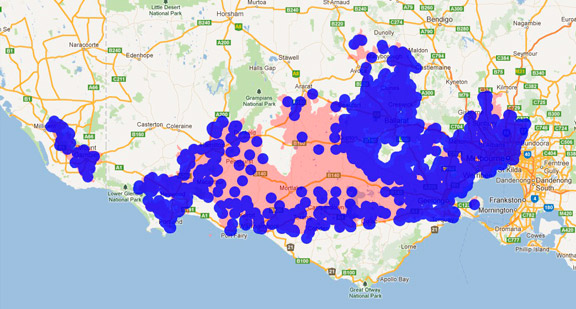
Distribution maps indicate current and historic locations where species have been sighted.
Source: Atlas of Living Australia
| Conservation Status | |
| DEPI Advisory List | Not listed |
| FFG Act | Not listed |
| EPBC Act | Not listed |
The conservation status of species is listed within Victoria and Australia.
The Department of Environment and Primary Industry (DEPI) Advisory List consists of non-statutory advisory lists of rare or threatened flora and fauna within Victoria.
The Flora and Fauna Guarantee Act 1988 (FFG Act) lists threatened species in Victoria. Under the Act, an Action Statement is produced for each listed species.
The Environment Protection and Biodiversity Conservation Act 1999 (EPBC Act) is the Australian Government’s key piece of environmental legislation, listing nationally threatened native species and ecological communities.



